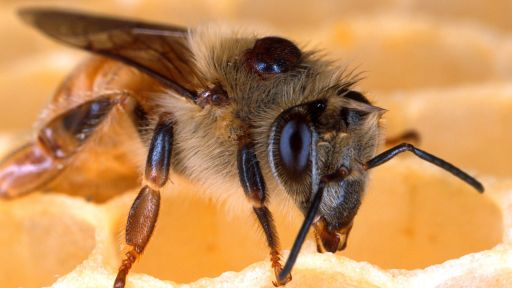 Venomous creatures have long struck terror in many people — the unfortunate result of this fear is that some people routinely kill any snakes they encounter, even those that pose no threat. Rattlesnakes in particular, feared in the United States since colonial days (Benjamin Franklin called them “felons”), have frequently been the target of organized “rattlesnake roundups” and bounty hunts. Throw in a widespread loss of suitable habitat, and you’ve got an animal headed for serious trouble.
Venomous creatures have long struck terror in many people — the unfortunate result of this fear is that some people routinely kill any snakes they encounter, even those that pose no threat. Rattlesnakes in particular, feared in the United States since colonial days (Benjamin Franklin called them “felons”), have frequently been the target of organized “rattlesnake roundups” and bounty hunts. Throw in a widespread loss of suitable habitat, and you’ve got an animal headed for serious trouble.
One species, the timber rattlesnake, is now on the endangered species lists of several states and has disappeared completely from at least three, maintaining a stronghold only in the central Appalachian and Ozark mountains. Some people might think that the fewer snakes there are, the better, but like all animals, rattlesnakes have their place in the ecosystem. “Lots of people kill them, and only then look to see if they are dangerous,” laments snake expert Bill Haast. “Leave ’em alone,” he pleads. “If you do, they’ll leave you alone. Snakes are always acting in defense; they’re not acting out of aggression.” There’s another, more selfish reason we should leave venomous creatures alone: they might someday save our lives. Today, many researchers are probing the chemical secrets of venomous animals in hopes of extracting medical treatments for various ailments.
For example, a chemical found in tarantula venom is currently being explored as a treatment for neurological disorders. Another chemical, isolated from the venom of a cone shell, is being tested as a pain reliever.
Other venom-derived substances have been or are now being tested as treatments for stroke, arthritis, high blood pressure, brain cancer, insulin production, and neuromuscular disorders. “A product made from cobra venom was used for pain relief in the 1940s,” notes Haast. “It was phased out, but scientists are now looking at it again.”
And there’s no telling what scientists might find in the future. By isolating the active agents in venoms and applying them to human biological processes, “We’re exploiting millions and millions of years of evolutionary progress toward perfection in these agents,” says George Miljanic, senior director of biochemistry at the Neurex Corporation, a company that is developing some of the new drugs. “[The venoms] are extremely potent and effective compounds.”









